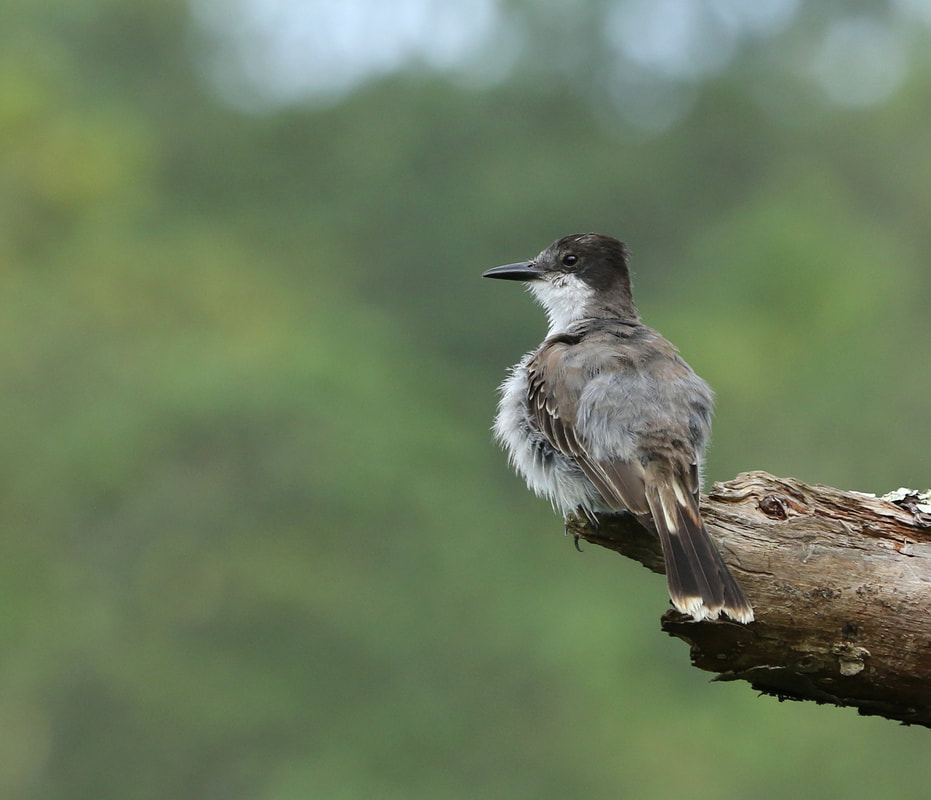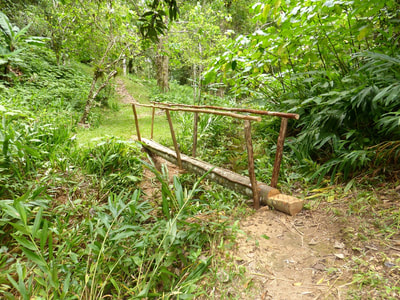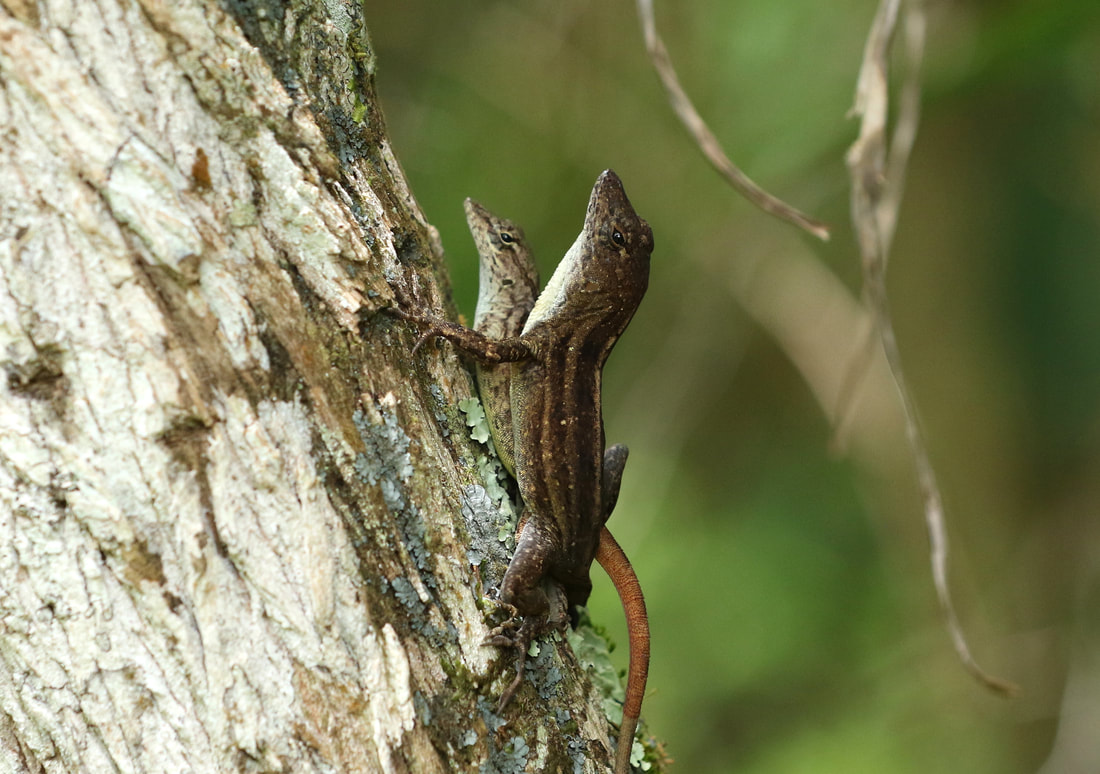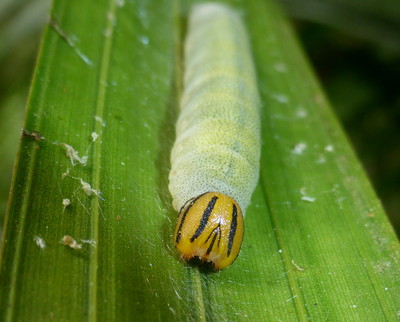|
When we came here last in March 2017 our guide had been Alex when we walked the Magic Carpet trail but this time Yasiel was to be our guide, and Chiquitico was our driver. -As soon as we got out of the jeep at the Sierra de Codina Centre there were birds to see with Cuban Parrots, Cuban Emerald, Red-legged Honey-creeper and Cuban Oriole all on view. We set off along the trail to the viewpoint and found a couple of moths along the way. At the viewpoint there is a small steel and timber tower and the view from the top over the forest can be a good way to see the local bird specialities but it was interesting to see that there was quite a bit of Tournefortia hirsutissima in flower and that it was attracting some good butterflies. This had also come to the attention of the local anoles and there were two Cuban Green Anole Anolis porcatus, a male and a female that were ranging quite widely over the vegetation in search of a meal. And they had quite a bit to choose from as we soon saw several Antillean Mapwing Hypanartia paullus and a female Silver Emperor Doxocopa laure. We didn't see them actually catch anything though at one point we saw the female launch itself from about a foot away at the Silver Emperor but it missed. And we thought at the time that this was an Orbis Sulphur Phoebis orbis but when reviewing the photos it is clearly a female Statira Sulphur Phoebis statira, which just shows the value of photos. On P. orbis the underside is slightly heavier marked than this and has a red basal spot while the upperside is more orange. We saw Blue-eyed Twig Anole Anolis alutaceus and Escambray Grass Anole Anolis vanidicus that is endemic to these particular hills. And also found a pair of the ubiquitous Cuban Brown Anole Anolis sagrei in cop. Caribbean Ruby-eye Perichares philetes is a fairly common forest skipper as we find the larvae quite commonly. But seeing an adult is another matter and in ten trips to Cuba I had got close but never actually set eyes on one. When disturbed they fly very fast and settle again in shade so can be very hard to spot. But today was the day and when one of the others flushed one as they walked past they saw it where it settled. They appear all dark and only using the flash reveals the true colours. The final instar larvae of Caribbean Skipper Pyrrhocalles antiqua are very distinctive with black stripes on the orange head capsule whereas small larvae of Caribbean Ruby-eye Perichares philetes like this one that has just moulted its head capsule are more mottled. At the bottom of the garden of the Centre there is a pond which had several dragonflies including this Turquoise-tipped Darner Rhionaeschna psilus male. There are sixteen species of Pterophoridae or Plume moths, known from Cuba and none of them are endemic. I recognise this as a pupa of one of this family though we didn't keep it to rear it through so I don't know which species. It's always a good day when you see a snake, and it was lovely to watch this Cuban Lesser Racer Caraiba andreae moving through the vegetation. It appeared to be hunting as it was flicking out its forked tongue to smell the air.
0 Comments
Leave a Reply. |
Welcome to our Blog
Here we will post interesting news about what we and others have seen in Cuba. Archives
July 2024
Categories |



























 RSS Feed
RSS Feed